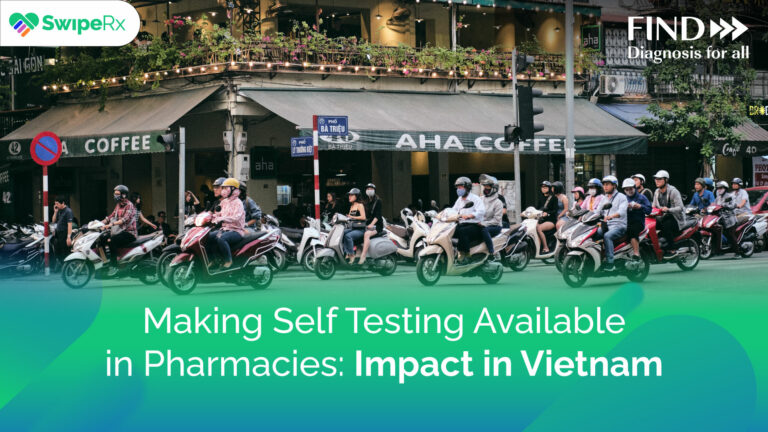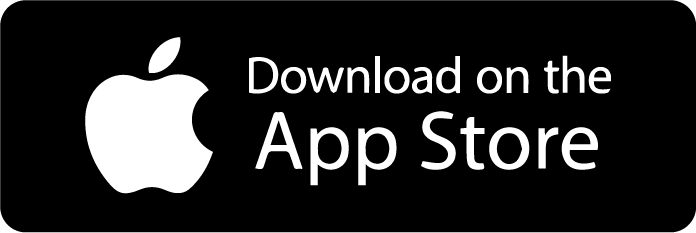The pharmaceutical industry is changing substantially, leading to the creation of new career paths for pharmacists in primary care, retirement homes, and emergency services. In order to fulfill these new demands, the industry needs to empower the leaders of tomorrow— young pharmacists. Thankfully, there is no lack of young pharmacists: according to the user demographic data generated by mClinica’s SwipeRx platform, the average age of pharmacy professionals in Southeast Asia is 28 years.
Here are 5 ways that young pharmacists are already impacting the profession:

1) Young pharmacists educate the public
One of the biggest problems pharmacists face is improper medication use by patients. This is especially true in developing countries where more than half of patients with chronic diseases do not follow instructions for when and how to take medicines. Young pharmacists all across Asia are working to ensure that their patients understand the directions given to them by their doctors. Many are coming together to form organizations like Pharmacists Connect, which is entirely made up of young pharmacists committed to improving medication literacy in Hong Kong.
2) They are expanding the role of pharmacists within their communities
Two young pharmacists in Hong Kong are speaking out on behalf of patients who feel that the healthcare system does little to address the scope of their medical problems. According to one of the pharmacists, the best way to ameliorate the disconnect between patients and their doctors is by requiring pharmacists to provide primary care in their communities. This would mean broadening the scope of over-the-counter services, such as smoking cessation, vaccinations, and sexually transmitted disease screening.
3) They use technology to continue their education and to improve their services
Younger internet users are more likely to adopt and use social networking platforms than older internet users. This is partly why mClinica’s SwipeRx, a platform connecting pharmacists all over Southeast Asia, has been so successful. Young pharmacists are the core demographic of SwipeRx and are using it as a collaborative tool for creating crowdsourced knowledge that improves patient care and safety. With SwipeRx, over 22,000 answers have been provided to previously unanswered industry and drug related questions, thereby increasing the competency of pharmacy professionals at scale.
4) They are simplifying the healthcare system as a whole
One member of Taiwan Young Pharmacists’ Group, Mr. Wang Nan Yuan, has been playing a large role in facilitating helpful communication between pharmacies and hospitals. When a patient comes into Mr. Yuan’s pharmacy to measure blood glucose levels, their data is transmitted onto an online portal that local hospitals can access and make any necessary changes to that patient’s medications.
5) They are innovating the pharmacy field
Pharmacy students are paving the way forward by expressing interest in revolutionary areas of study. For example, The University of Pharmacy and Medicine of Ho Chi Minh City’s pharmacy training program has evolved to meet student needs by offering a course called, “Pharmaceutical Nanomedicinal Technologies”. Pharmacists in the making are effectively steering the pharmacy field towards new directions.
You might be interested in:
The best opportunity for pharmacists’ continuing education is on their phones
What do the most successful digital patient assistance programs have in common?







